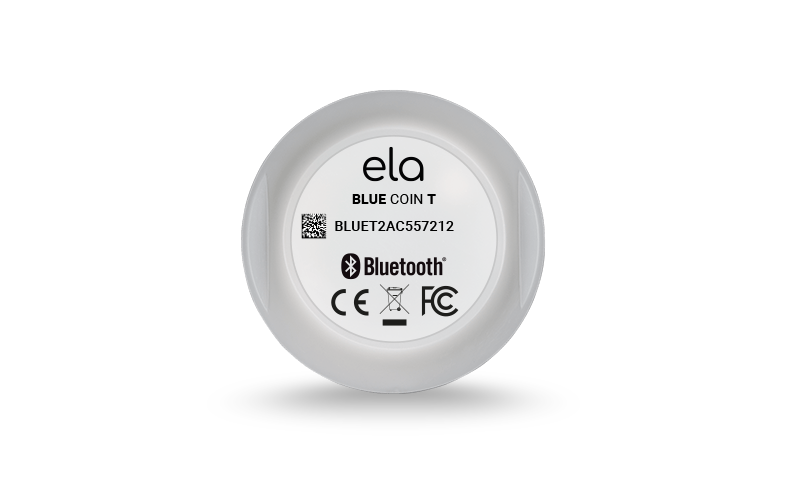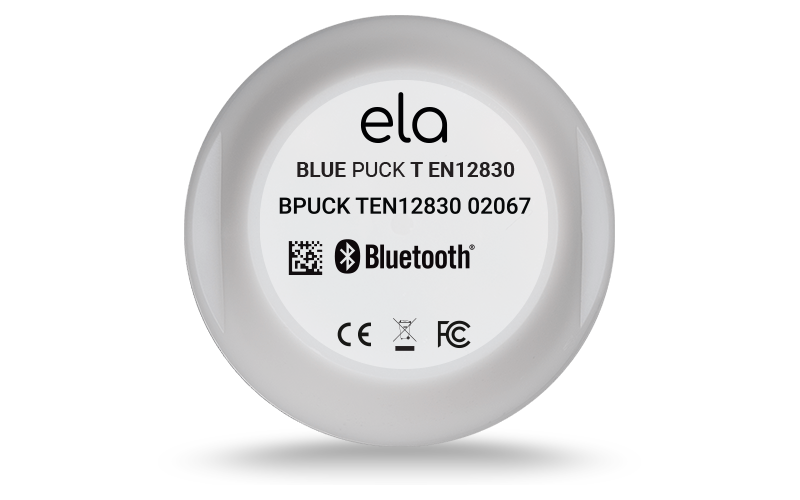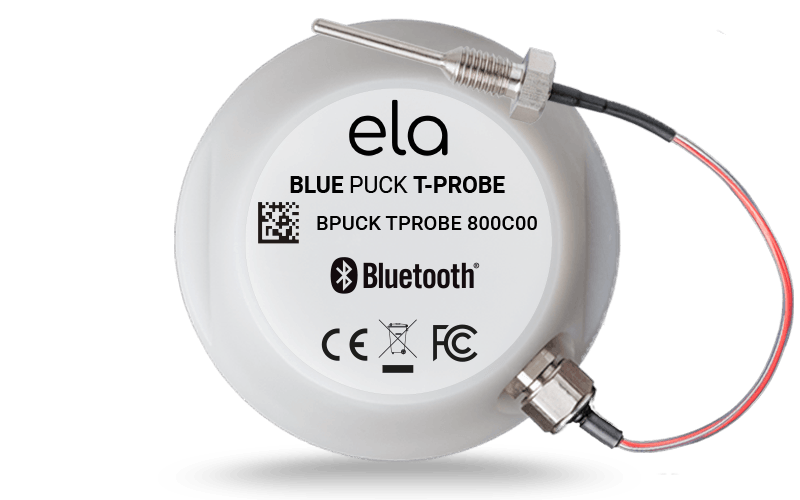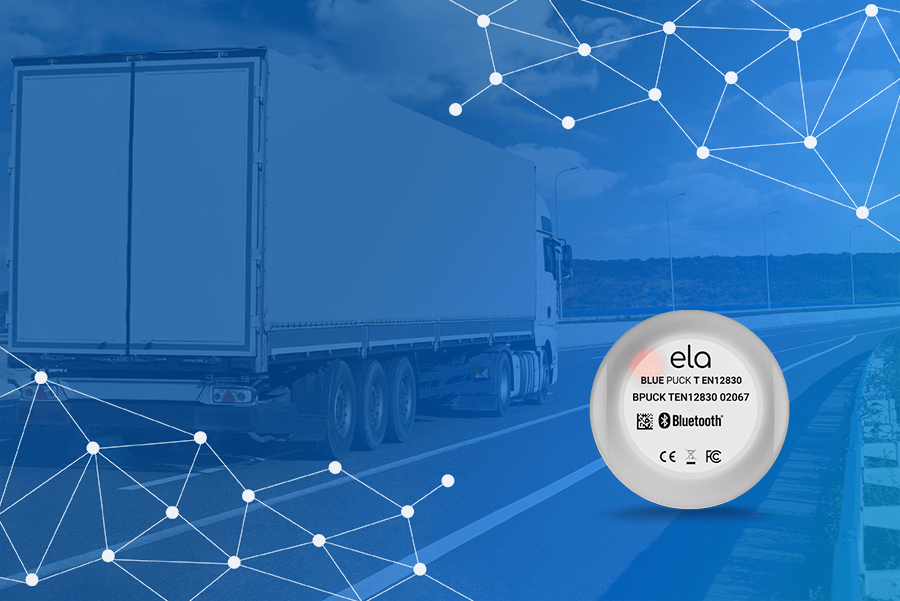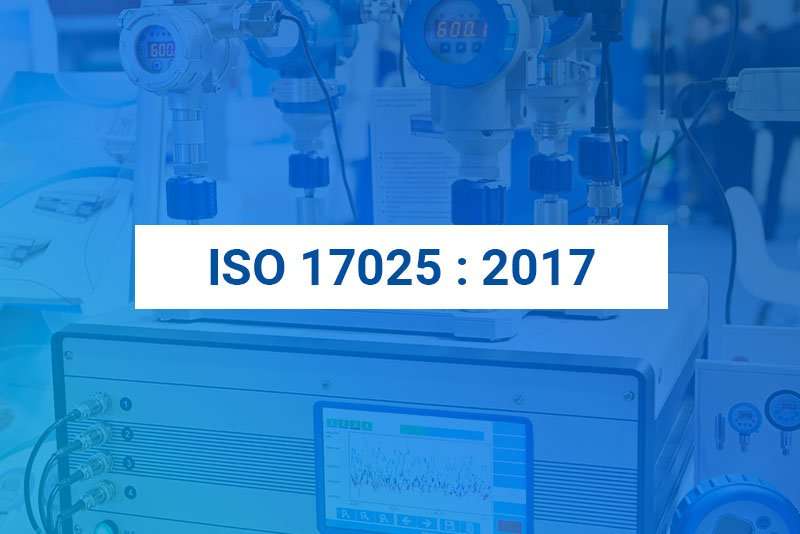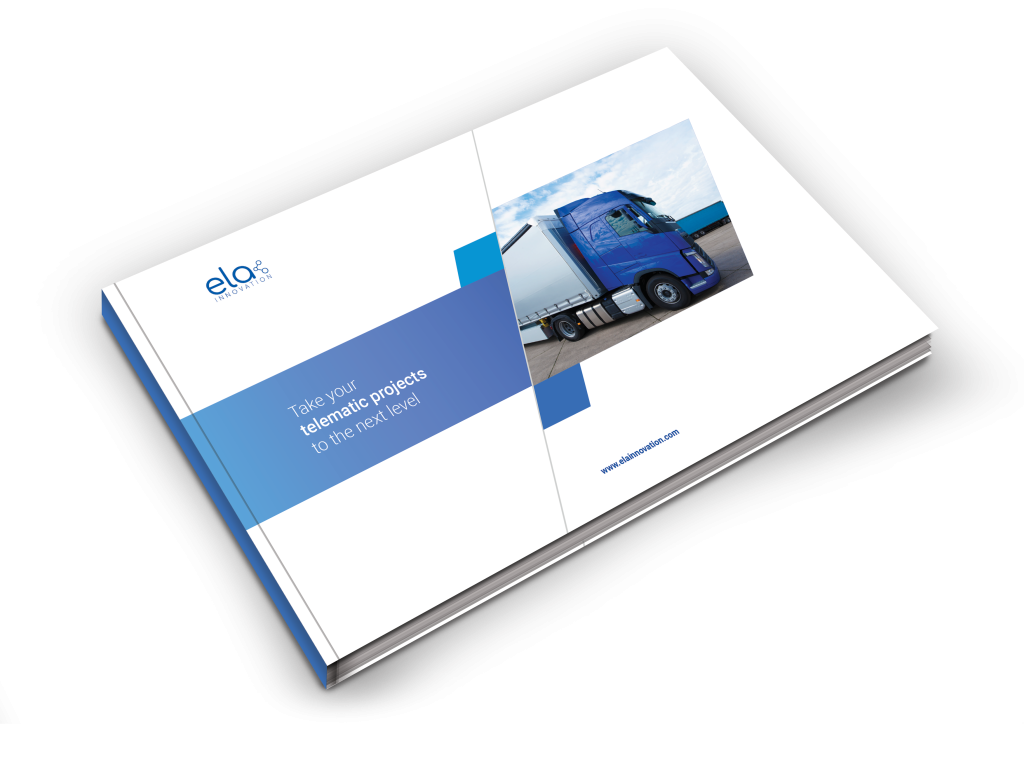Calibration of temperature sensors
Would you like to have your ELA Innovation Bluetooth temperature sensors checked? Entrust us with your sensors and we will take care of their calibration, to ensure the best measurement accuracy with ease
Our sensor calibration service
COFRAC accredited calibration
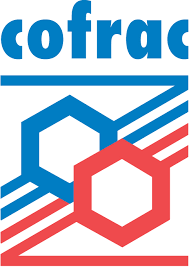
Calibration service according to the EN13486 standard in an extarnal laboratory ISO 17025 certified by the COFRAC.
- Single or multi-point calibration (from 1 to 5 points)
- Value of the temperature points can be defined at the time of order
- COFRAC calibration report for each sensor
- Language : French
- This calibration certificate has an international validity
Learn more about sensor calibration
Sensor calibration is a procedure applied to measuring devices to ensure their accuracy and therefore the reliability of the data returned. To do this, the devices are compared to standardized standards in order to identify potential measurement deviations. In case of non-conformity, the devices must be adjusted and recalibrated. At the end of the operation, a calibration certificate is issued attesting to the reliability of the data returned by the sensor.
Over time, sensors tend to drift and therefore lose measurement accuracy. In order to ensure the reliability of the data, it is the user’s responsibility to regularly check their calibration.
The calibration of a temperature sensor must be carried out using metrological references (or standards) that comply with international standards allowing harmonization of regulations worldwide. The measurements transmitted by the sensor to be calibrated are compared with those provided by a standard measuring device maintained under the same temperature conditions. This comparison can be made for 1 or more different temperatures. We speak then of calibration points. It is necessary to choose as many calibration points as the operating temperature of the sensor.
For example, if a temperature sensor is only used at -10°C, then a single measurement point will be sufficient. On the other hand, if a temperature sensor is used at -10°C and +2°C, then two points will be necessary.
During calibration, if the data deviation between the sensor and the standard is greater than the accuracy specification, the sensor must be recalibrated. At the end of the calibration, a certificate is issued.
The frequency of sensor calibration will depend on the use of the sensor and the level of accuracy required. Nevertheless, some standards and regulations impose calibration frequencies depending on the commodity.
The European Commission regulation N° 37/2005 dated January 12, 2005 (more info here) imposes a periodic verification of the accuracy of the sensors, according to the EN13486 standard for the transport and storage of frozen food intended for human consumption.
It also recommends periodical calibrations whatever the type of goods transported or stored, in order to limit the sanitary risks linked to the break of the cold chain.
The level of accuracy of the temperature sensors will depend, among other things, on the sector of activity. Indeed, the EN13486 standard imposes certain accuracy classes depending on the type of products transported or stored. The class to which a sensor is attached, will depend on its level of accuracy.
For example, if a temperature sensor gives an accurate reading to within -1° or +1°C, it will belong to class 1. The closer the class is to 0, the more accurate the sensor is. In the case of the transport of pharmaceutical and blood products, an accuracy of class 1 is recommended in case of negative storage temperatures and class 0.5 in case of positive temperatures.
Attention, it is up to the user to choose the class of accuracy he wants for his sensors and the cost of certification is all the higher as the class requested is accurate.
For the calibration certificate of your sensors to be valid internationally, it must be performed by an ISO/IEC 17025: 2017 certified organism (see the complete list here) for temperature measurement by an ILAC (International Laboratory Accreditation) member organization. This certification ensures the international validity of the certificates produced.
- The designation of the device under test (UUT = Unit Under Test)
- Information on the competence of the responsible person
- Information on the reference standard and traceability
- Information on the environmental conditions
- Measurement results including measurement uncertainties
- Description and information on the procedure applied
- Date: calibrations are to be repeated at regular intervals
- The logo of the certification body in case of accredited calibration.
Our Bluetooth Low Energy temperature sensors
Discover our range of Bluetooth Low Energy temperature sensors, allowing to follow in real time the temperature variations and to be alerted in case of exceeding the authorized threshold.
